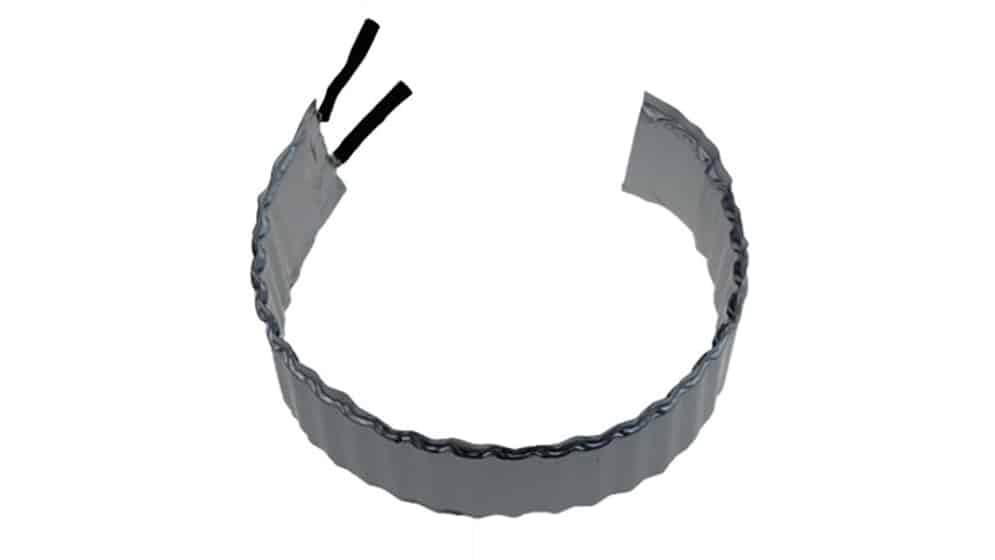- Curved Lithium Polymer battery
- Fast Charge Polymer Battery
- Flexible Polymer Lithium Battery
- Ultra-thin Polymer Battery
/ Blog / Battery Knowledge /
What are Flexible Rechargeable Battery?
04 Mar, 2022
By hoppt

Flexible batteries entail the batteries with the ability to twist and fold with ease. These flexible rechargeable battery consist of secondary and primary batteries. Contrary to rigid traditional batteries, they have a design that is flexible and conformal. Also, they can maintain their unique characteristic shape even in the cases where they get to twist or bend. These are the best batteries that people may ever use because they work normally even in the instances where they get to fold or bend.
Flexible Batteries Demand
Batteries are termed as bulky tools which are necessary for the storage of electronic power devices and in the storage of energy. In a very long time, there have been a wide dominant in nickel-cadmium, lead-acid and carbon-zinc batteries. There are different portable devices in the market such as handheld devices, ultra-books, and netbooks. The market of these batteries has rapid growth in different types of flexible rechargeable batteries. In the case of electronic products, new designs and dimensions are in great demand.
The best market observers say that in 2026, there will be thin-film and small batteries. With the analysist Xiaoxi, different companies like Apple, Samsung, LG, STMicroelectronics, and TDK are widely involved. There is a wide deployment of environmental sensors and wearable devices which is taking place fast. It looks toward the replacement of the traditional form of battery technology. There are new designs and dimensions which are needed urgently.
Manufacturers of Flexible Batteries
The flexible rechargeable battery manufacturers are called HOPPT BATTERY manufacturers. They have been in the market for more than 20 years. This implies their overall battery technology is mature and well-shaped. The best advantage related to these batteries is their portability, light-weight, and adaptability. They are dedicated to their work and aim the manufacturer of different kinds of batteries which include the flexible rechargeable battery. The flexible rechargeable battery comes in two forms. These consist of:
Curved Batteries
Ultra-thin batteriesCurved Batteries
These are batteries whose thickness varies from 1.6 mm up to 4.5mm while their width is 6.0mm. Again, they have an inner 8.5mm arc radius and inner 20mm arc length.
Ultra-Thin Battery
As you use these batteries, ensure you charge them until they get 3.83v. Besides, ensure you fix these batteries to the surface with the aid of a PVC white card. When you get to fix the cell pole card into the torsion and bending tester, it will move into 15 degrees both backward and forward.
The total distortion is 30 degrees and thus they get to pass the different torsion and bending tests. After the overall torsion and bending tests of these ultra-thin 0.45mm cells, you will fold the whole cells. While fully folded, the pole sheet present in the internal area will have some creases. Their internal resistance will get to increase by 45%. Besides, voltage both before and when one bends will never get to change at any time.
Types of Flexible Batteries and their Applications
Different kinds of flexible batteries will be on the market soon. They will entail stretchable batteries, flexible thin supercapacitors, lithium-ion advanced batteries, micro-batteries, polymer lithium batteries, printed batteries, and thin-film batteries. When it comes to usage, these are batteries that have a lot of use. For instance, they are wearable devices that offer great potential for flexible batteries. Printed batteries take the form of skin patches.
Their market is growing because of their usage in healthcare
There are different kinds of batteries requirements especially the ones with different kinds of flexible sensors displays and power sources. Flexible electronics and flexible batteries promotion are of great need. Based on the wide demand for batteries equipment, there needs to be a great promotion of the technology associated with flexible batteries.
Conclusion
Good cooperation with the flexible circuit, biosensor, and flexible display will guide the development of electronic flexible devices. These batteries will widely be used globally in martphones, smart textiles, and in health monitoring.



